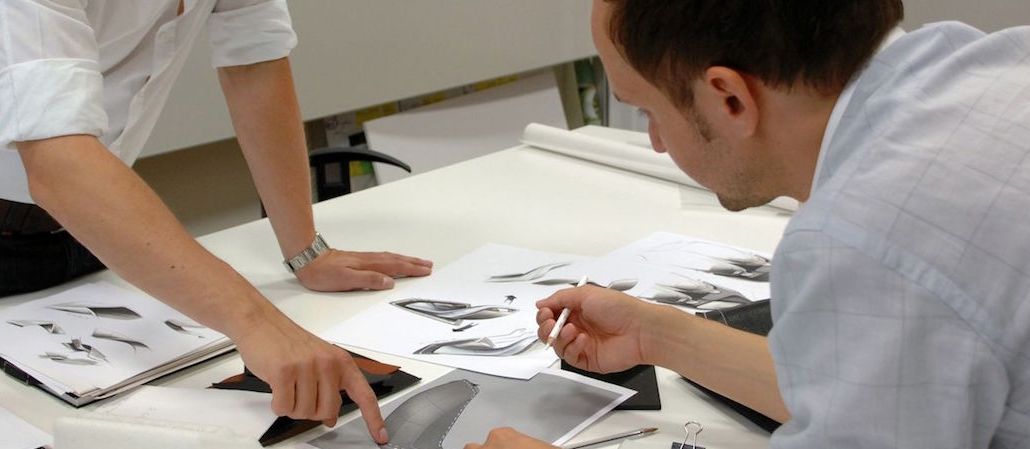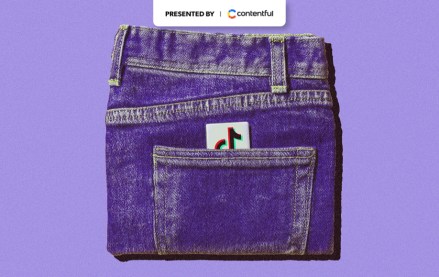Connect with execs from The New York Times, TIME, Dotdash Meredith and many more

User experience is hot, which is making designers even hotter. Unfortunately, for agencies, that also makes them more expensive.
“It’s a very hot market for designers right now,” said Hannah Lindsey, vp of talent at agency Huge. “Today, there are more places for designers to go: other agencies, consulting companies, in-house, technology companies and startups. That means it’s more important for us to keep our designers happy.”
While Lindsey declined to disclose designers’ salaries at Huge, she said that the price for a high-caliber designer has been “increasing exponentially” over the past two years.
Product design platform InVision’s new survey of over 1,650 designers worldwide shows that the average annual salary for a designer is $80,000. The highest paid are product designers and usability testers or researchers who work at startups or in-house — i.e., not agencies.
Meanwhile, 62 percent of top designers who earn $125,000 annually live in San Francisco, 16 percent in New York City. This could be ascribed to the high-paying tech field in the Bay Area (to say nothing of the exorbitant cost of living).
There’s a talent crunch in the agency world due to low salaries at many levels. Matt Olpinski, a self-employed web and mobile design consultant, worked at an agency for three years and quit to do freelance work where he’s able to pull in two to three times a typical salary from a design agency.
“Many agencies approached me for jobs in college, at graduation, and still to this day,” said Olpinski. “I’ve received over 50 full-time job offers in the last three to five years. I think this is because I’ve maintained a very high-quality portfolio and web presence.”
Meanwhile, an in-house role at a tech company entails working on a single project for an extended period of time. This can be appealing to someone who wants deep experience with a specific type of product, or a specific industry, said Stephen Beck, founder and CEO of digital agency Engine Digital.
At agencies, on the other hand, designers need to be open to working across verticals, clients and projects, as well as be interested in finding ways to apply what they’ve learned from one area to another. This could mean heavier workload and more deadlines.
Josh Matz, senior front-end engineer for InVision, left an agency to go to the startup because he wanted more ownership over the work he was producing. “A variety of projects are exciting but evolving a product over time can be equally as fun,” said Matz. “I did see a salary increase, but ultimately it wasn’t the determining factor.”
More in Marketing

How fashion retailer Pacsun’s viral jeans moment on TikTok is part of its bigger bet on creators
Despite expectations for an uncertain second half of the year, Pacsun’s CEO said she doesn’t expect for “large shifts,” in how the company works with creators.

Inside the search rumor swirling around Meta
Execs that Digiday caught up with said that Meta has confirmed its working on something in search, but remains tight-lipped on the details.

TikTok invests in growing team to build out search ads as spending grows
The platform currently has over a hundred vacancies for its search division, as advertisers are starting to invest more in TikTok search.





